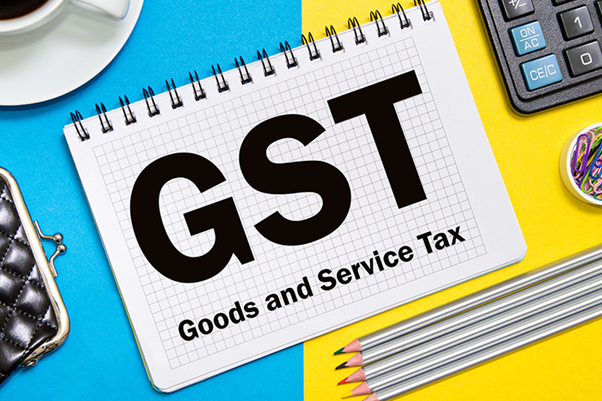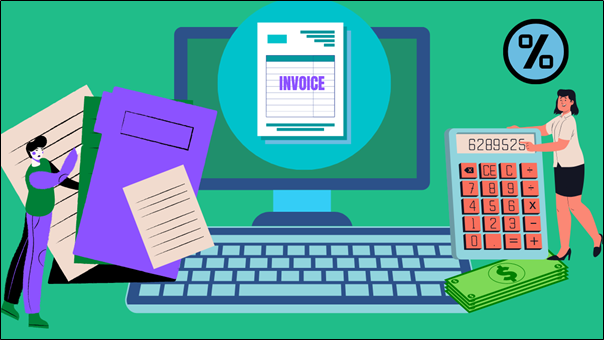Composition Levy under GST: A Comprehensive Guide
Introduction: GST (Goods
and Services Tax) is a comprehensive tax levied on the supply of goods and
services in India. GST was introduced on July 1, 2017, as a single indirect tax
replacing multiple taxes and levies charged by the Central and State
Governments. One of the key provisions of GST is the Composition Levy, which
provides a simplified compliance procedure for small taxpayers.
What is Composition Levy under GST?
Composition
Levy a scheme under GST that provides small taxpayers an option to pay a
fixed percentage of their turnover as tax in lieu of the normal GST rates. The
main objective of Composition Levy is to provide relief to small taxpayers from
the burden of compliance with GST and reduce the administrative burden on both
taxpayers and the government. The Composition Levy is applicable only to
registered taxpayers whose annual turnover does not exceed INR 1.5 crore.
Eligibility criteria for Composition
Levy under GST
- To be eligible for Composition Levy, a taxpayer must meet the following criteria:
- The taxpayer must be registered under GST
- The taxpayer must not be engaged in making any taxable supply of goods that attract a GST rate higher than 1%
- The taxpayer must not be engaged in making any taxable supply of services
- The taxpayer's aggregate turnover (in the preceding financial year) must not exceed INR 1.5 crore
Advantages of Composition Levy under
GST
- There are several advantages of opting for Composition Levy under GST:
- Lower tax rate: Taxpayers opting for Composition Levy are required to pay a lower tax rate as compared to the normal GST rates
- Simplified compliance: Composition Levy provides a simplified compliance procedure for small taxpayers, thereby reducing the administrative burden
- No input tax credit: Taxpayers opting for Composition Levy are not eligible for input tax credit, which means that they cannot claim any credit for the GST paid on their purchases
- No need to issue tax invoices: Taxpayers opting for Composition Levy are not required to issue tax invoices
Disadvantages of Composition Levy
under GST
- While Composition Levy has several advantages, it also has some disadvantages, which are:
- Cannot make taxable supplies: Taxpayers opting for Composition Levy cannot make taxable supplies of goods that attract a GST rate higher than 1% or taxable supplies of services
- Cannot claim input tax credit: Taxpayers opting for Composition Levy cannot claim input tax credit, which means that they cannot claim any credit for the GST paid on their purchases
- Limited turnover: Composition Levy is applicable only to taxpayers whose aggregate turnover does not exceed INR 1.5 crore
Process for opting for Composition
Levy under GST
- The process for opting for Composition Levy under GST is as follows:
- Register under GST
- Apply for composition scheme on the GST portal
- Provide required information and pay the composition fee
- File quarterly returns and pay the composition tax
- Maintain records as per the GST Act
Computation of Composition Levy under
GST
The Composition
Levy is calculated as a percentage of the taxpayer's turnover. The
percentage varies depending on the nature of the business and the goods
supplied. For manufacturers, the Composition Levy is 1% of the turnover, while
for traders and restaurateurs, the Composition Levy is 0.5% of the turnover.
Compliance under Composition Levy
under GST
- Taxpayers opting for Composition Levy must comply with the following requirements:
- File quarterly returns and pay the composition tax within the due date
- Maintain proper records as per the GST Act
- Display the GST composition levy rate on all invoices
- Notify the tax authorities in case of any changes in the nature of business or the turnover
- Opt out of the composition scheme in case the aggregate turnover exceeds INR 1.5 crore.
Original Source : Composition Levy under GST: A Comprehensive Guide




Comments
Post a Comment